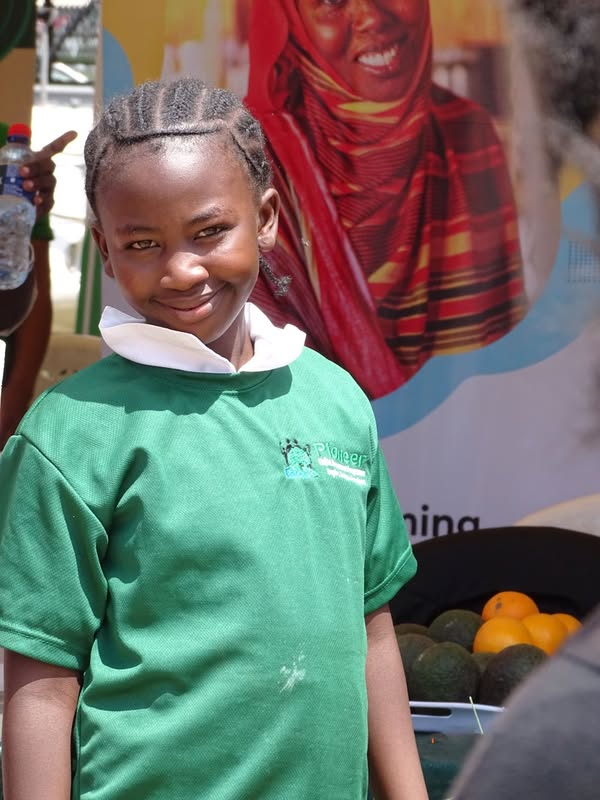Safe Spaces for Smiles: Creating Secure Environments for Children to Thrive
Every child deserves a space where they feel safe, valued, and free to explore their potential. A secure environment not only protects children from harm but also fosters their emotional, physical, and intellectual growth. Briefly, we will explore why safe spaces matter, how we can create them, and the profound impact they have on a child’s well-being.
Benefits of Safe Spaces for Children
Children are highly sensitive to their surroundings. A nurturing environment acts as a foundation for their development, allowing them to:
- Feel Loved and Accepted: A child who feels secure builds self-esteem and confidence.
- Explore Freely: Safety gives children the freedom to learn, play, and grow without fear.
- Develop Healthy Relationships: Trust and respect grow in secure spaces, helping children form positive connections.
- Reach Their Potential: A sense of security enables children to focus on their education and hobbies.
Ways of Creating Safe Spaces for Children
1. Physical Safety
- Secure Homes and Schools: Ensure buildings are child-proofed with safe furniture, secure windows, and reliable infrastructure.
- Play Areas: Create designated play zones free of hazards like sharp objects or unsafe equipment.
- Clean Environments: Hygiene is critical to prevent illnesses, so maintain clean spaces for children.
2. Emotional Safety
- Encourage Open Communication: Let children express themselves freely without fear of judgment.
- Be Attentive: Actively listen to their thoughts and feelings to understand their needs.
- Show Affection: Positive reinforcement and encouragement help children feel valued and loved.
3. Social Safety
- Teach Boundaries: Educate children about personal space, consent, and recognizing inappropriate behaviour.
- Prevent Bullying: Promote kindness and inclusion among peers through structured activities and discussions.
- Build Trust Networks: Help children identify trusted adults they can turn to in times of need.
4. Community Involvement
- Train Caregivers and Teachers: Equip adults with skills to recognise and respond to signs of distress or danger.
- Raise Awareness: Organize community campaigns about child safety and protection.
- Collaborate: Work with local leaders and organizations to ensure children’s safety is prioritized.
The Ripple Effect of Safe Spaces
Creating secure environments has a far-reaching impact:
- Stronger Communities: Safe children grow into confident adults who contribute positively to society.
- Reduced Violence: A focus on safety helps prevent abuse, neglect, and exploitation.
- Better Education Outcomes: When children feel secure, they can focus on learning and excel academically.
- Happier Children: A smile is the universal sign of happiness, and safe spaces allow children to express their joy freely.
At Pioneer Child Development Programme (PCDP), we believe that every child deserves a safe environment to dream, learn, and thrive. Together, let’s build a world where every smile is a testament to love, care, and security.
How do you create safe spaces for children in your community?
Share your ideas in the comments!


Leave A Comment
All fields marked with an asterisk (*) are required